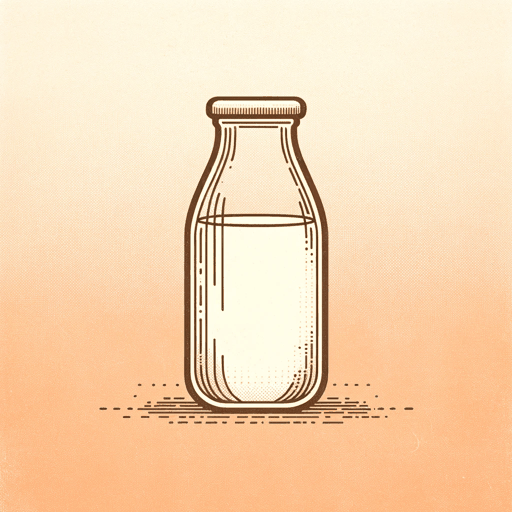49 pages • 1 hour read
Chris van TullekenUltra-Processed People: The Science Behind Food That Isn't Food
Nonfiction | Book | Adult | Published in 2023A modern alternative to SparkNotes and CliffsNotes, SuperSummary offers high-quality Study Guides with detailed chapter summaries and analysis of major themes, characters, and more.
Part 4Chapter Summaries & Analyses
Part 4: “But I Already Paid for This!”
Part 4, Chapter 15 Summary: “Dysregulatory Bodies”
Van Tulleken examines the system for regulating new additives to food. He looks at corn oil, a new (2017) oil derived from the corn mash used to produce ethanol for biofuel, which the company Corn Oil ONE wanted to use for human food. In terms of the regulatory process in the US, Corn Oil ONE had three options. First, it could apply for a full review of the product by the Food and Drug Administration (FDA), the federal food additive regulator, and have corn oil formally listed as an approved food additive. Although not requiring the same level of scrutiny as for a new drug, “it would mean submitting a large volume of data to the FDA” and “might take several years” (226).
However, companies can also apply to have the new additive considered as GRAS, “generally recognized as safe” (228). To be considered for this second category, firms have to send the FDA some data. This was what was done with corn oil. While the FDA can request further data and inspect sites, van Tulleken points out that the FDA has neither the resources nor the personnel to meaningfully do this. They have only 100 employees and a $1 billion budget to supervise a multi-billion-dollar industry and regulation of over 10,000 chemicals.

